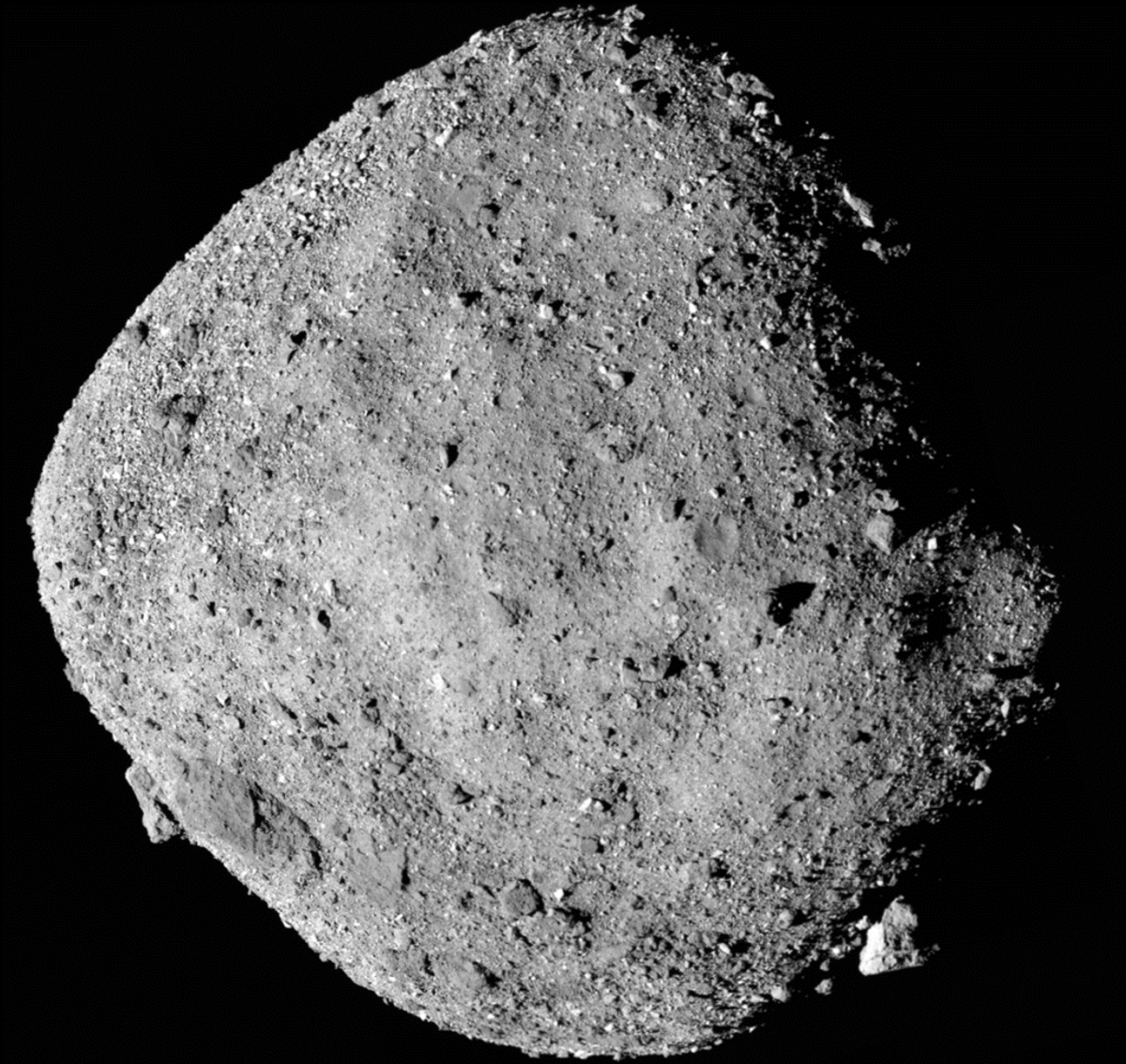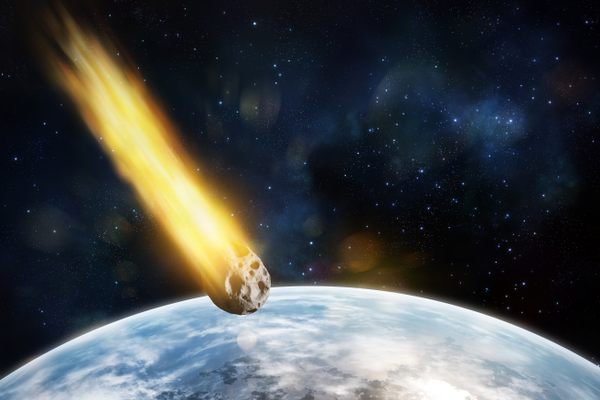A New, Up-Close Look at an Old, Near-Earth Asteroid
The spacecraft OSIRIS-REx gives us a startlingly clear view of space rock that probably won’t hit us.

Every six years, a carbon-rich asteroid named Bennu comes alarmingly close to Earth. So close, in fact, that researchers have concluded that it has a 1-in-2,700 chance of hitting us somewhere between the years 2175 and 2199. This remote but catastrophic possibility helped make Bennu the target of NASA’s OSIRIS-REx mission, which was designed to visit the asteroid, pick up a 60-gram sample and bring it back to Earth in 2023 for research.
This mission, which will be the first ever to return a sample of an asteroid to Earth, is led by Dante Lauretta, of the University of Arizona’s Lunar and Planetary Laboratory. The aim is to use the Bennu sample to look back at the formation of our solar system, since the primitive asteroid is roughly 4.5 billion years old. OSIRIS-REx was launched on September 8, 2016, and reached Bennu on December 3, 2018, as predicted. Now, NASA has released the first high-resolution photographs of the asteroid, in various stages of its rotation.

The photos are part of OSIRIS-REx’s duty to intimately survey the asteroid to identify the best possible area to sample. Before the spacecraft’s arm gets close enough to snatch a piece of Bennu’s oddly familiar-looking terrain, it will spend over a year observing from a distance of about 12 miles, and send photographs back to Earth (approximately 13.4 million miles away). Erin Morton, communications lead for the OSIRIS-REx Asteroid Sample Return Mission, says these images have already given Lauretta and his team key insights into the asteroid’s face. “The one big surprise for the OSIRIS-REx science team was that the number of boulders on the surface of Bennu is much higher than had been predicted from Earth-based observations,” she says.
OSIRIS-REx has settled into its orbit, and is calculating the mass of its target. Morton says that “the spacecraft is about the size of a large van,” and Bennu is around 1,600 feet in diameter—about 200 feet more than the height of the Empire State Building—and is shaped a little like a spinning top.

The strikingly clear close-up images of Bennu confirm much of what Lauretta’s team predicted about the rocky asteroid. It has a tacky, clay-like surface, which may indicate the previous presence of water. In a statement from NASA, Amy Simon, OVIRS deputy instrument scientist at NASA’s Goddard Space Flight Center said, “The presence of hydrated minerals across the asteroid confirms that Bennu, a remnant from early in the formation of the solar system, is an excellent specimen for the OSIRIS-REx mission to study the composition of primitive volatiles and organics.” That means that the sample might provide some insight into how life arose on Earth.
In advance of launching OSIRIS-REx, the University of Arizona, the Planetary Society, and the LINEAR Project held a global contest to “Name That Asteroid!” A nine-year-old from North Carolina landed on “Bennu” in honor of the mythical Egyptian bird diety of the same name, since the spacecraft’s extending arm reminded him of a heron. This bird will only touch ground again when the sample returns to us in a few years.










Follow us on Twitter to get the latest on the world's hidden wonders.
Like us on Facebook to get the latest on the world's hidden wonders.
Follow us on Twitter Like us on Facebook